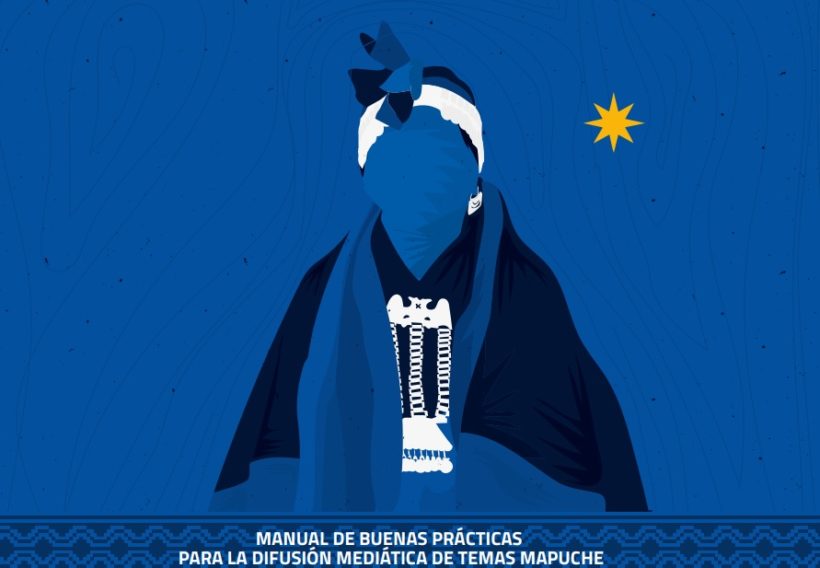The guide “Manual of good practices for media coverage of Mapuche issues” urges the press to use appropriate and non-discriminatory language in relation to the Mapuche. Published on the website of the Friedrich-Ebert-Stiftung by Mapuche journalists Stefanie Pacheco-Pailahual and Paula Huenchumil Jerez, it can be downloaded free of charge.
By David Lifodi
A few weeks ago, the first manual of journalistic “good practices” to protect the Mapuche people was published.
The guide, edited by Stefanie Pacheco-Pailahual and Paula Huenchumil Jerez for the Friedrich Ebert Foundation, is significantly entitled Manual de buenas prácticas para la difusión mediática de temas mapuche and is a unique example of its kind in Chile, dedicated to covering the Mapuche issue in a correct way and with language that does not discriminate against what has been defined as the “Palestinian people of Latin America”.
In particular, the manual’s editors point out, there is erroneous talk of a “Mapuche conflict”, but in reality, it is the Chilean state that has declared war on the Mapuche, and not the other way around, as this expression suggests. The Mapuche are too often defined as “terrorists”, “violent” and “delinquents”, and for a Chilean who is unaware of their claims and their right to land, it is easy to fall into the global definitions imposed by the mainstream press, always on the lookout for an internal enemy, as in the days of Pinochettism.
The aim of the guide is to invite the press to use appropriate language in relation to the Mapuche, their rights and their claims. In contrast, racist terms and the deliberate trivialisation of the customs and traditions of indigenous communities are often evident in the media, which are seen as primarily responsible, despite everything, for a social order that is being undermined.
The handbook consists of five chapters: Glossary, What is Coloniality, The Historical Debt, The Imaginary of Mapuche People and Stigmatisation in the Press, and Racism in the Press. It is followed by a rich bibliography consulted by the authors, who point out that journalists rarely approach Mapuche territories to learn about the real problems of the communities because racism, contempt and a good dose of ignorance and prejudice prevail.
For this reason, the Manual of good practices for media coverage of Mapuche issues should contribute to promoting a responsible form of journalism under the banner of democratic values, starting with recommendations to readers on “how not to use” and “how to recommend”. In this sense, the guide also calls for the Mapuche traditional authorities not to be simplified or ridiculed. Already in 2004, Fresia Amolef, in her study La alteridad en el discurso mediático: los mapuches y la prensa chilena, denounced the racism of the newspaper El Mercurio, which associated the following terms with the Mapuche, basically considered “uncivilised”: “violentistas, agresores, exaltados indígenas”.
In addition, the media very often only cover the Mapuche when there are violent incidents, without contextualising the reasons for the conflict with the central state.
Another particularity of the guide is that the two authors are both Mapuche journalists, another reason to denounce the real disinformation campaign carried out by the media, aimed at ridiculing the socio-cultural identity of indigenous peoples, reducing the indigenous cosmovision to mere popular beliefs and deliberately helping to reproduce racist stereotypes.
The 84-page manual can be downloaded free of charge from the Friedrich-Ebert-Stiftung’s website and will be presented at journalism schools across the country, starting with the one at the University of La Frontera (UFRO).
As Arlette Gay, director of the Friedrich-Ebert-Stiftung – Chile, said, the manual should serve to promote greater social cohesion and encourage journalists to use more appropriate language towards indigenous communities in general.






